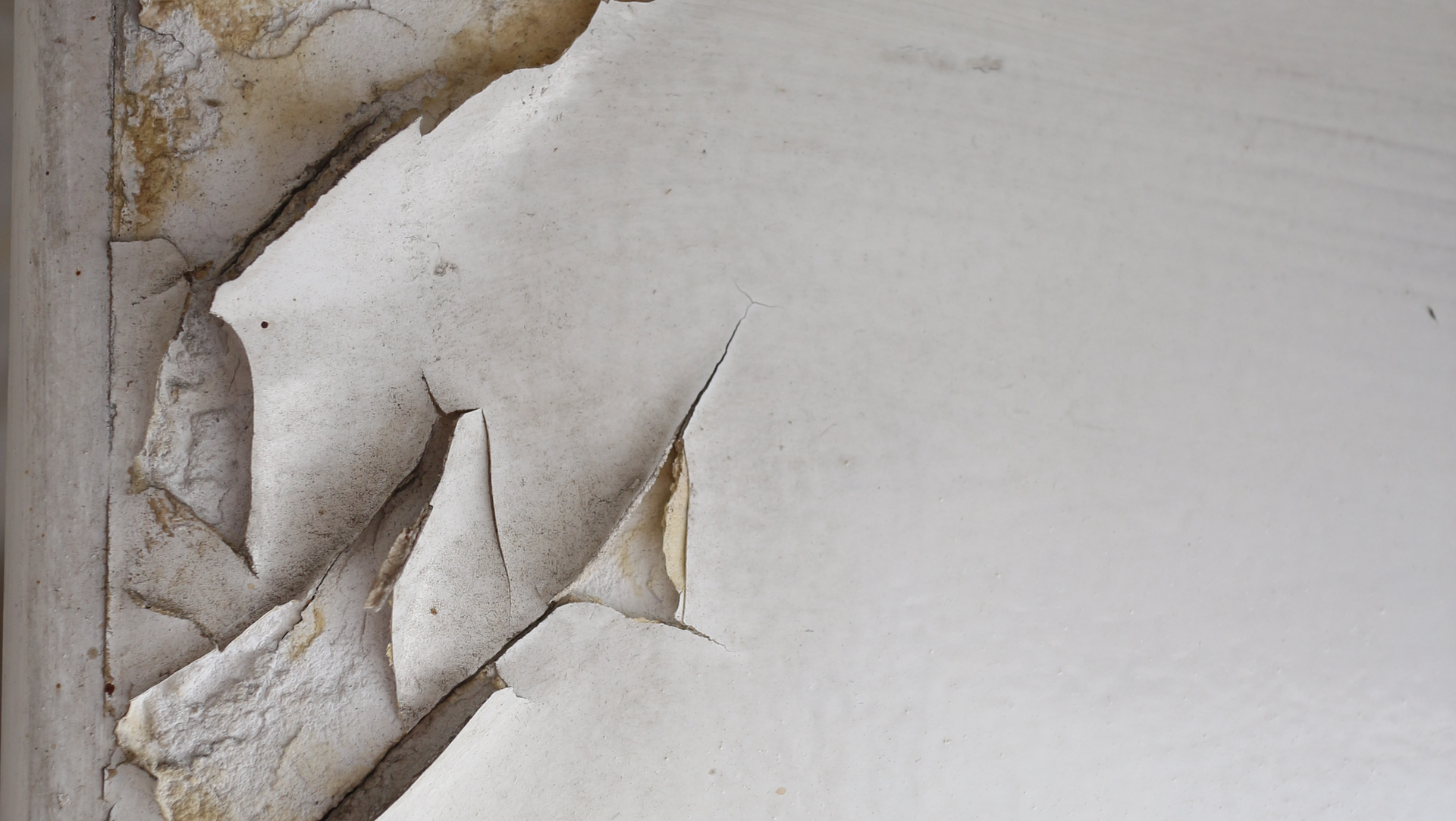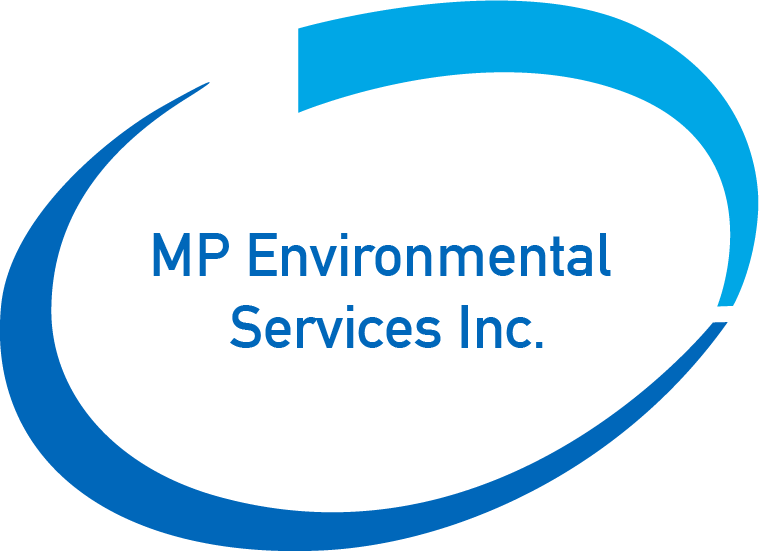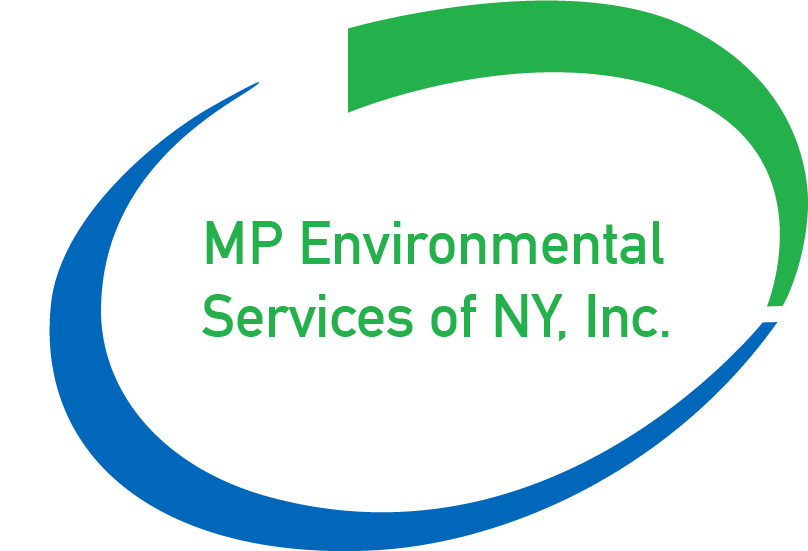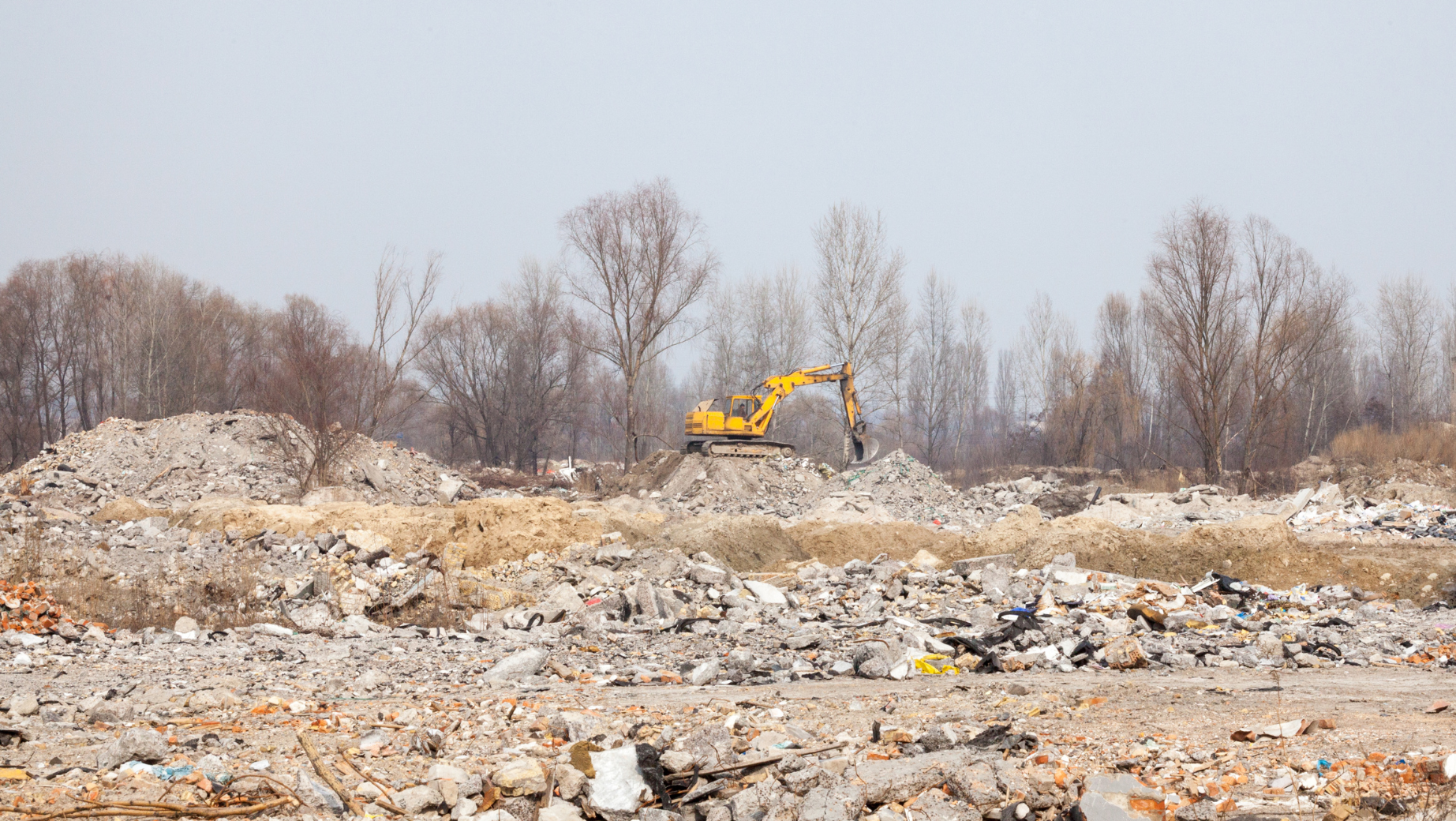5 Common Myths About Asbestos and Lead Paint

Asbestos and Lead Paint:
Debunking Common Myths to Protect Your Health
Asbestos and lead paint are well-known environmental hazards, but misconceptions about their risks and handling persist. Understanding the facts is essential for ensuring safety and compliance. Here are five common myths about asbestos and lead paint—and the truths behind them.
Myth 1: Asbestos & Lead Paint Are No Longer a Problem
Truth: While asbestos and lead paint are no longer widely used, they still pose significant risks. Many older buildings contain these materials, and they can remain hazardous if disturbed. Renovations, demolitions, or natural disasters can release asbestos fibers and lead dust, causing health issues. Proper identification and management are crucial in older structures.
Myth 2: It’s Safe to Remove Asbestos and Lead Paint Yourself
Truth: Attempting to remove asbestos or lead paint without proper training can be extremely dangerous. Improper handling can release asbestos fibers or lead dust into the air, increasing exposure risks. Certified professionals follow strict protocols to safely contain and remove these hazards while minimizing environmental contamination.
Myth 3: Asbestos and Lead Paint Only Affect Old Homes
Truth: While older homes are more likely to contain asbestos and lead paint, these hazards aren’t limited to residential properties. Schools, commercial buildings, and even industrial sites constructed before modern regulations may also pose risks. It’s essential to assess any older structure before renovations or demolition.
Myth 4: Asbestos and Lead Paint Are Only Dangerous When Disturbed
Truth: While intact asbestos and lead paint are less hazardous, their condition can degrade over time. Aging materials may release fibers or dust without significant disturbance. Regular inspections are essential to ensure these hazards remain contained and do not pose a threat to occupants.
Myth 5: Testing for Asbestos and Lead Paint Is Too Expensive
Truth: Testing costs are relatively low compared to the potential health and legal consequences of ignoring these hazards. Professional testing provides peace of mind and ensures compliance with regulations, protecting everyone involved in a property’s use or renovation.
Debunking these myths highlights the importance of proper asbestos and lead paint management. If you suspect their presence, always consult certified professionals for testing and removal. Safeguarding health and the environment requires informed decisions and responsible actions. Addressing these hazards responsibly protects families, workers, and communities from preventable risks.





